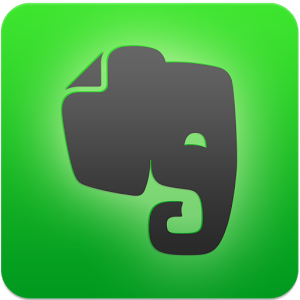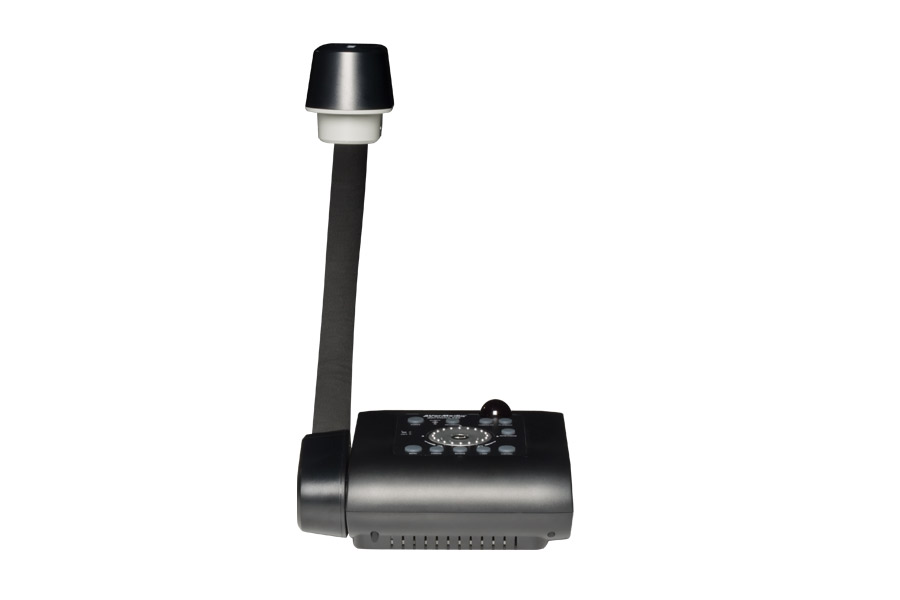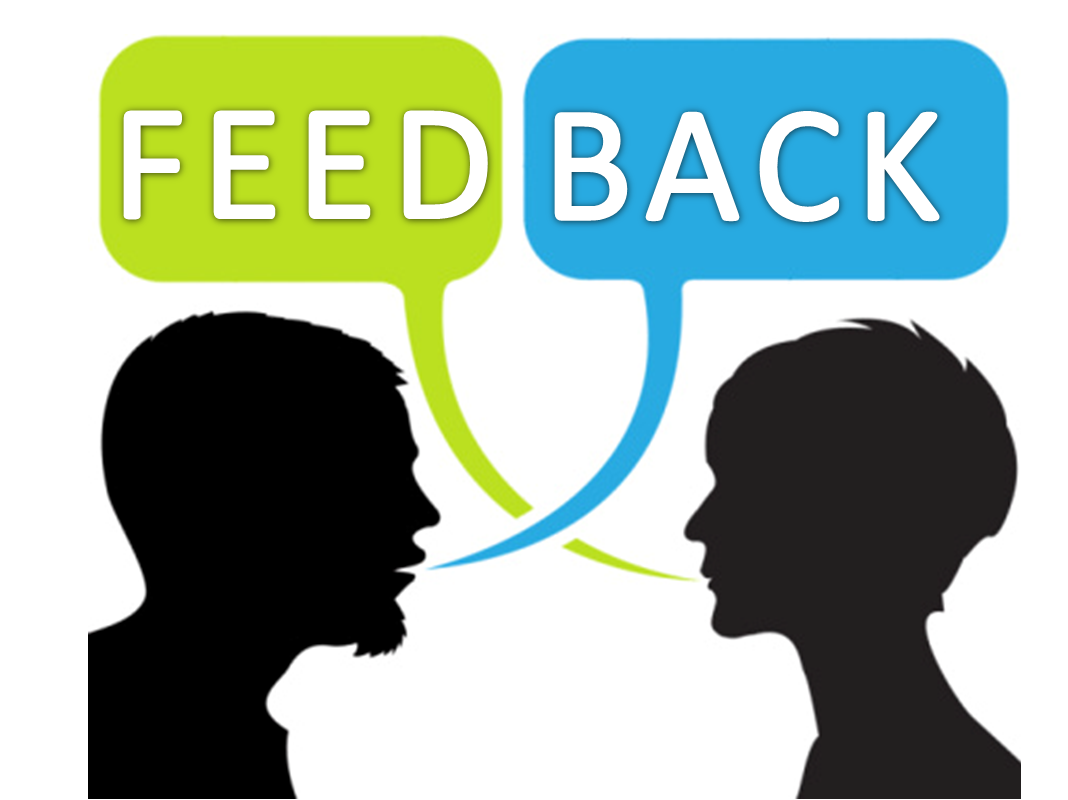Authentic and timely feedback is often a hot topic in education. It is widely accepted that giving feedback quickly is the key to seeing improvement in student work. However, many educators will admit that they find this a challenge and that it is affecting the thoroughness of their assessment and evaluation practices. It is challenging for many teachers to keep on top of giving all of their many students feedback that is specific, detailed, and done quickly enough for them to make immediate improvements. The beauty of so many of the 21st Century tools that are now available is that they are providing us with more creative ways of giving feedback and assessing students. These tools are making it easier for teachers to give feedback quickly, to give more detail, and to follow up with more students. Thus in turn, allowing teachers to have more data to use in their assessment and evaluation practices. Below are ten technology tools that can help improve how teachers give feedback and evaluate students.

E-Portfolios: E-portfolios, like the one that can be created on
D2L, allow students a space where they can archive their work, achievements, make reflections and leave notes. Students can use this space for their work and then reflect on their strengths and needs. The portfolio also allows the user to allow others to share comments. Using this feature a teacher could have students work on giving peer feedback. Finally, the student could set up the portfolio that would allow the teacher to give feedback that could only be viewed by the student. E-portfolios allow the student to collect work and see progression over the year by using and building upon the feedback and reflections of the students work.

Google Drive Forms:
Google Drive Forms can be used in two ways to evaluate student work. The first way is to create a form that allows students to submit their work directly to the teacher. This makes it easy for teachers to access a particular assignment and prevents students and teachers from misplacing work. A second application for evaluation is to create a self-evaluation form. Once work has beens submitted the teacher could set up a questionnaire that has students reflect on the task they have submitted.

Voice Thread:
Voice Thread can be used in many ways that allows students a way to show their work. Students can insert pictures of their work and add their own comments about it. By being able to record their thoughts, students can clearly express their knowledge verbally. A practical application is to use Voice Thread during DRA. Not only could the teacher record the student reading, the teacher could also have students give verbal responses to the comprehension questions.
 Evernote
Evernote: Is excellent for documenting anecdotal notes on students and can be used as a place to keep evidence of their learning. You could save photos of work samples, photograph and save any written feedback you have given. As well, you can later search for a note you made for a student easily because Evernote will search both text and images. This is useful when reflecting back with a student to previous feedback you had given.
 Google Docs
Google Docs: Not only is Google Docs a great tool for student collaboration, but it’s also very handy for providing feedback as an assessment as learning tool. Students can submit work to you for commenting. The comment feature allows teachers to highlight specific sections of the document and comment on what they have done well or what needs improvement. In addition, if students share their work with their peers, peers can provide comments in a similar way; thus enhancing the use of peer feedback in the classroom.
 Ipad
Ipad: The iPad is another useful tool for assessment in so many ways. However apps aside, one of the simplest uses for evaluation is the camera tool to provide photo evidence. Rather than keeping endless samples of student work for reference when it comes time to write report cards or have handy for parent interviews; having photos of student work readily available on the iPad eliminates the clutter.
 Document Camera
Document Camera: You can purchase dedicated document camera’s for your classroom. However, if limited the iPad can also double as a document camera if you have a stand for it to hold above the item you are viewing with your class. Using a document camera is very handy when providing whole class feedback for something most students need to improve on. Show them examples, write or highlight the text, place stickies near key ideas. All of this is projected to a larger screen when using a document camera, making it easier for students to see.

Lino:
Lino can be used in many ways for assessment. Lino is an online tool that allows for collaboration, brainstorming, and sharing of information through sticky notes which can include text, hyperlinks, images and video. In our class, we used lino by having students post new learning on the board. Lino could also be used as exit cards or as a way to share level of understanding of concepts being taught in class.

OneNote: We have spoken of how OneNote can be used in a
previous post.
OneNote allows students to place all their work in one area and allows teacher access to the information anywhere. Teachers can monitor student progress and give instant feedback. OneNote could be used to take notes during guided reading. Pages could be set up for each student and using the audio/video tools, could capture student reading. A quick note could be added to the reading that might include observations about the reading including strengths, needs and next steps.

Video Feedback: There are several tools available that can be used to give video feedback to students. The value of recording the feedback you give students is that students who need additional support can view the feedback multiple times. As well, if you are giving whole class feedback, students who were away can view the feedback that was given and not be left behind as the rest of the class moves forward in improving their work. Video feedback also has the advantage of being easily viewable by parents so that they are more aware of what their child needs to work on. Here is a link with a sample of how video feedback was used to take an assessment of learning task and turn it into an assessment for learning:
Why Feedback Needs To Be Integrated Into Flipped ClassroomsWhat other technology tools do you use to help you be more effective in giving feedback and evaluating students?